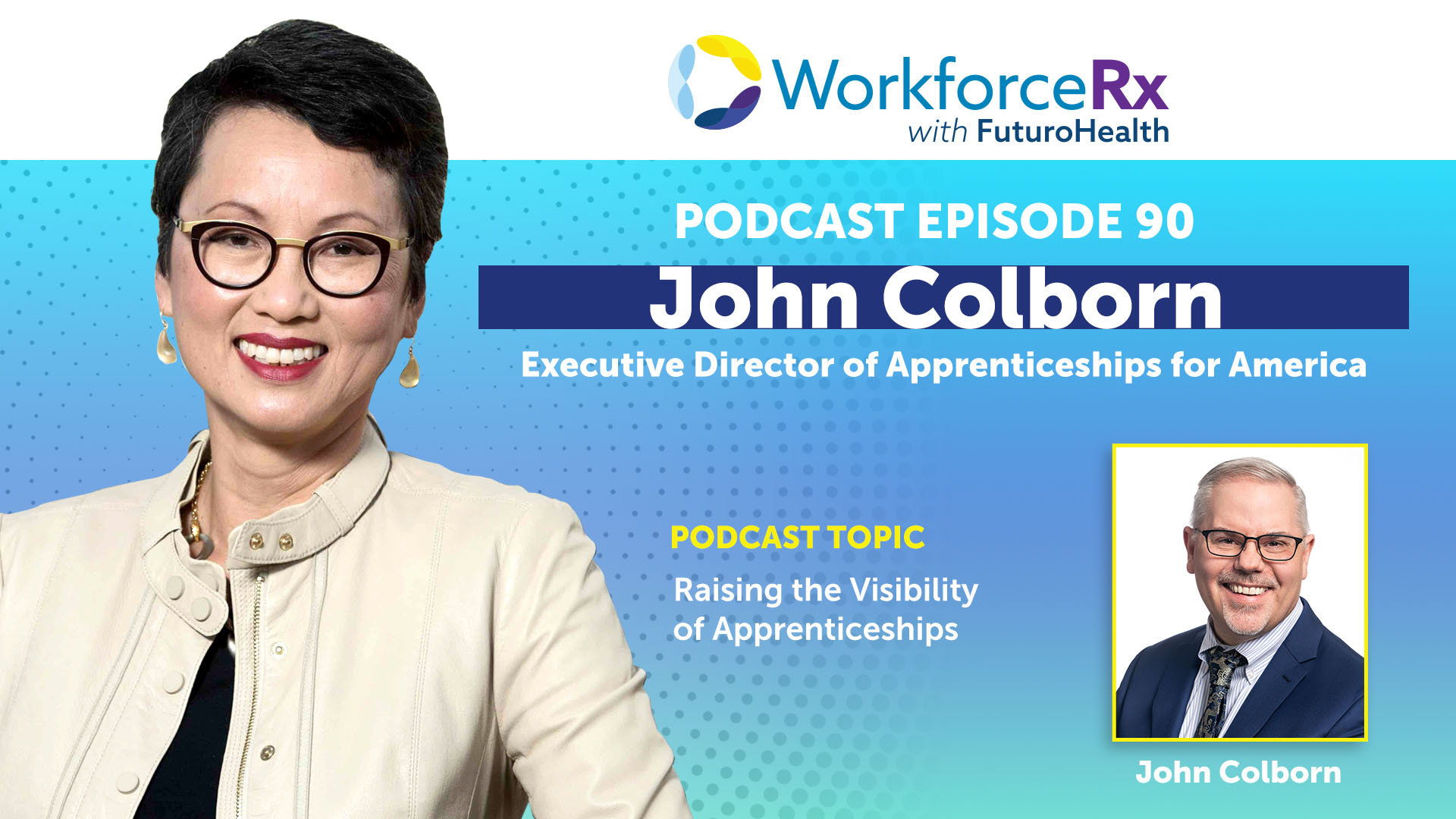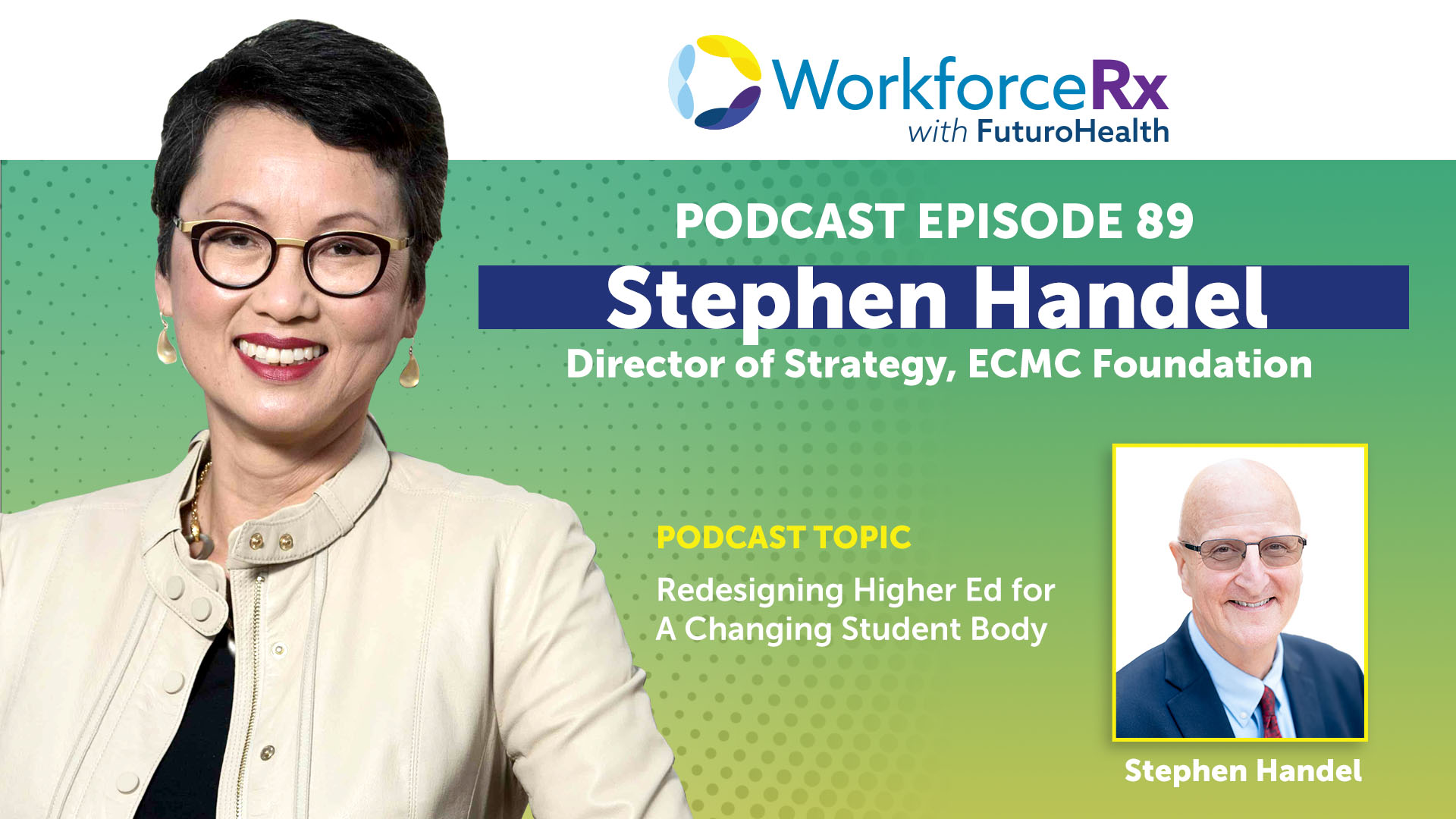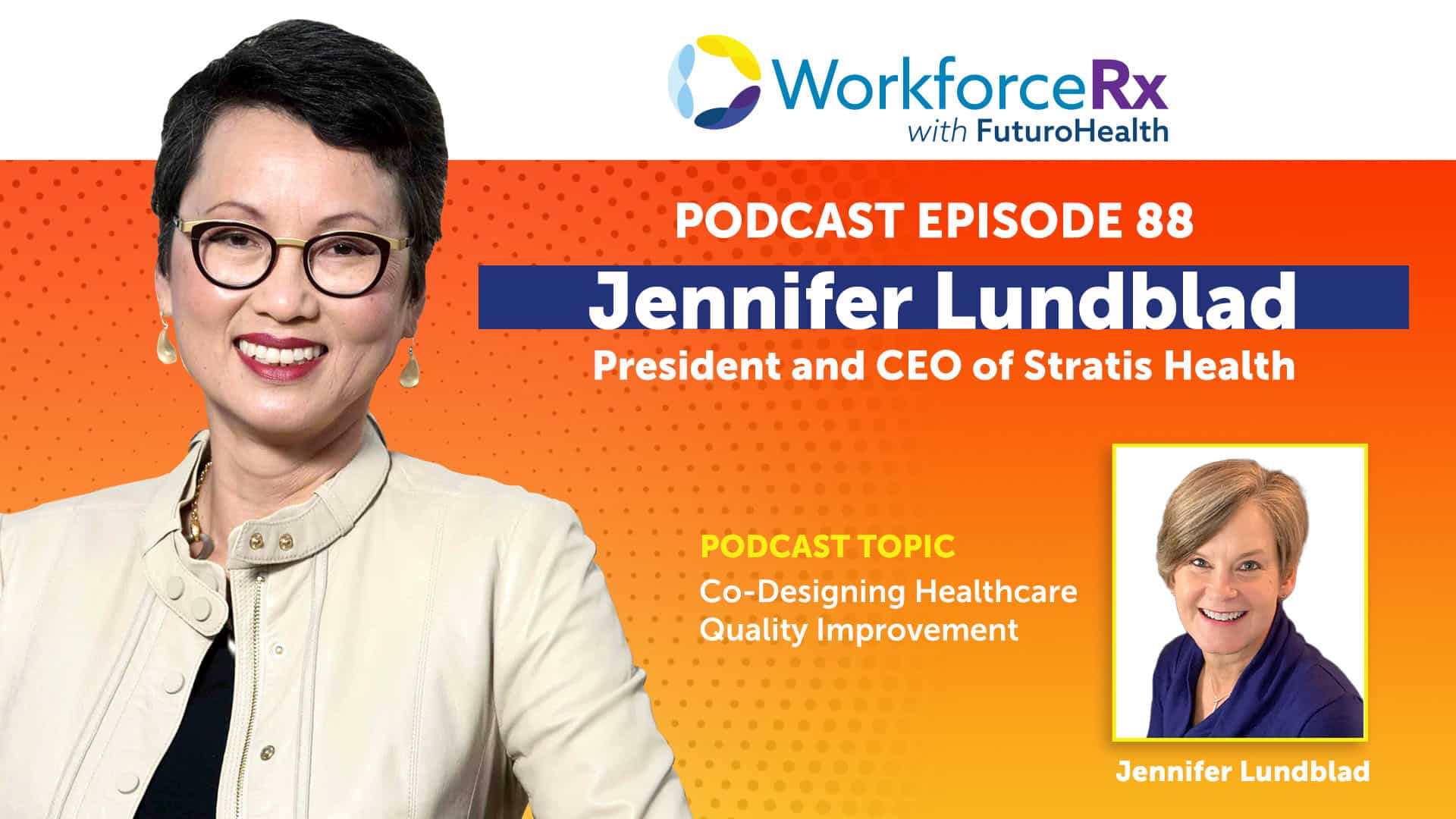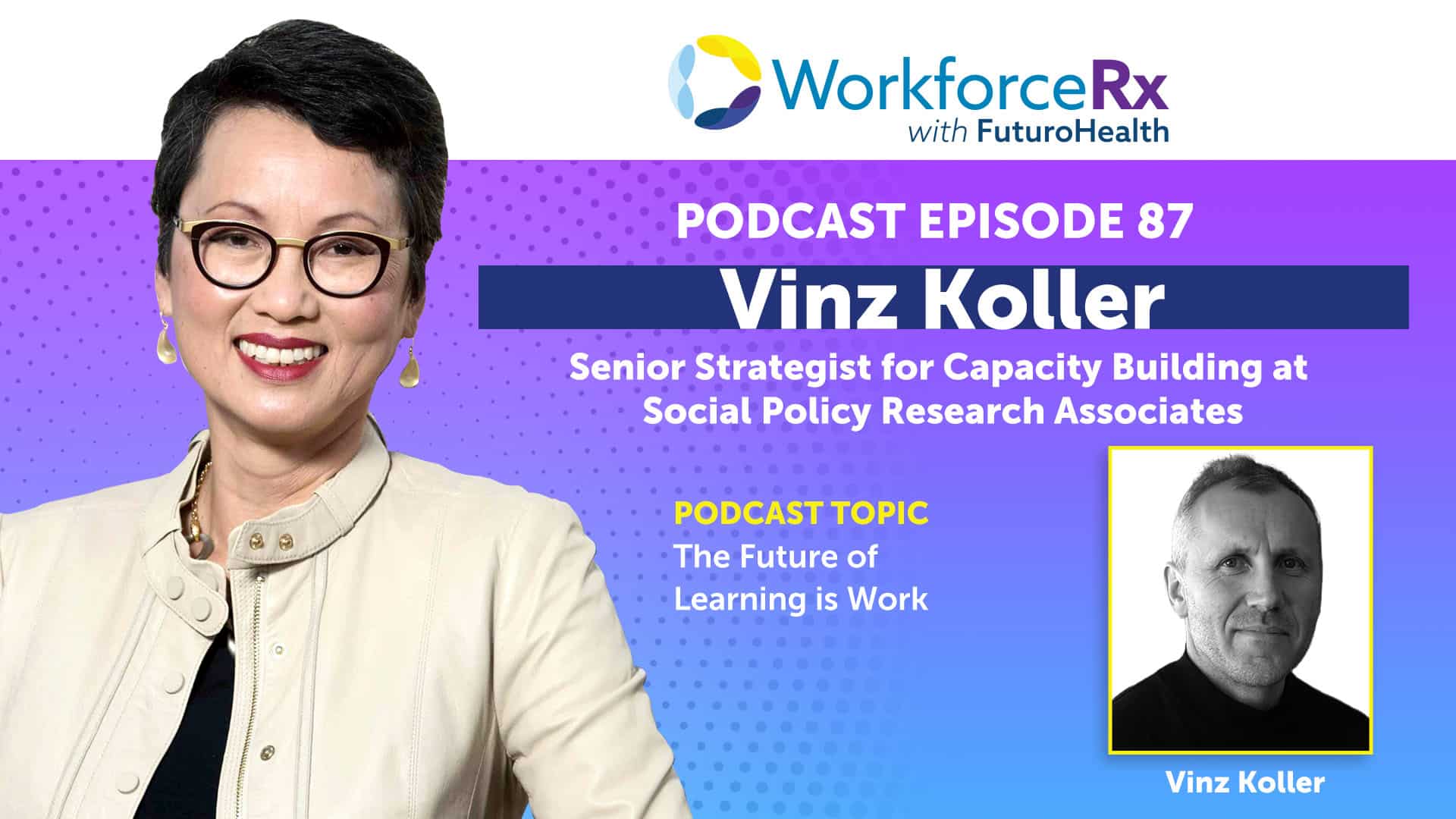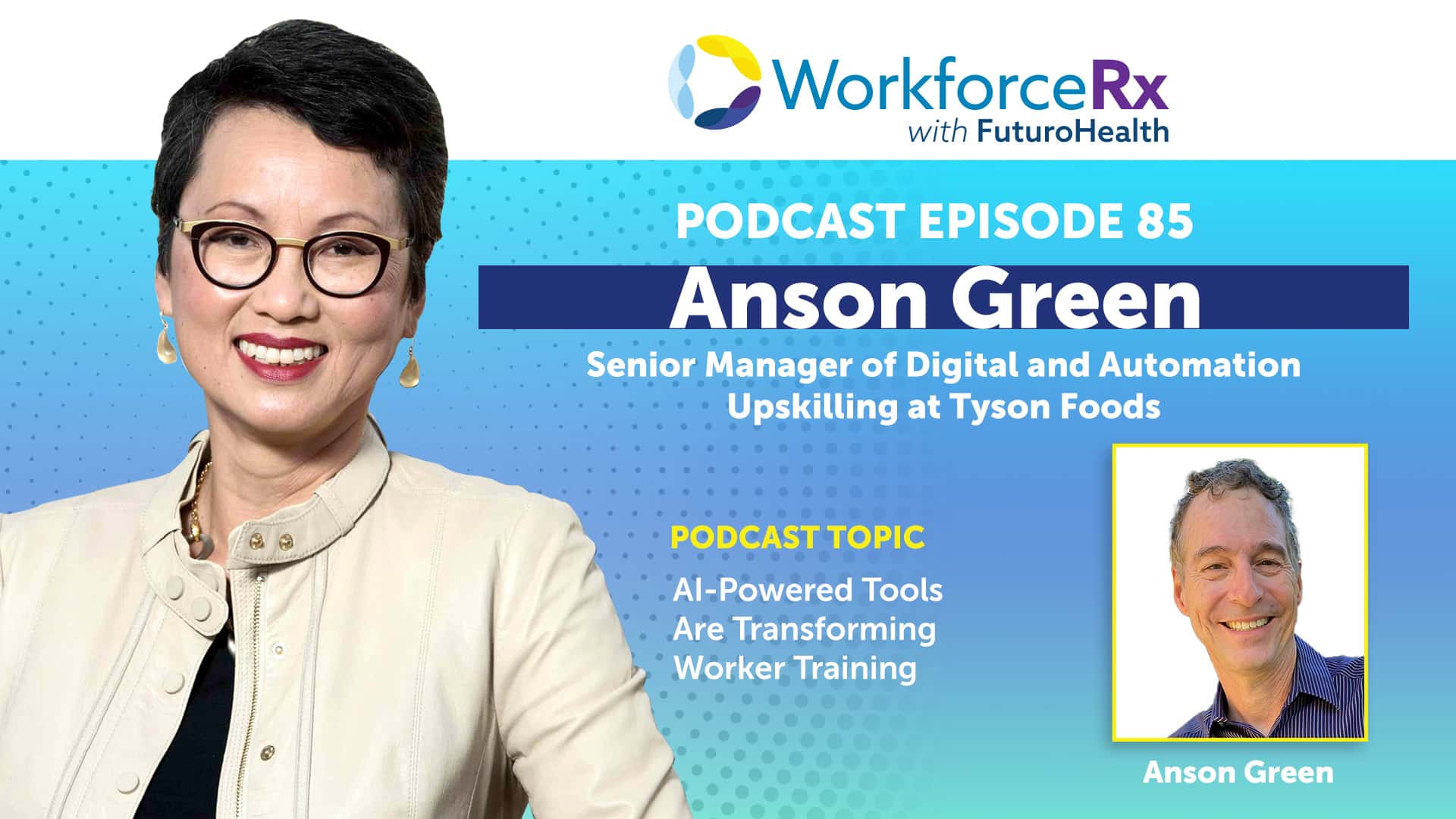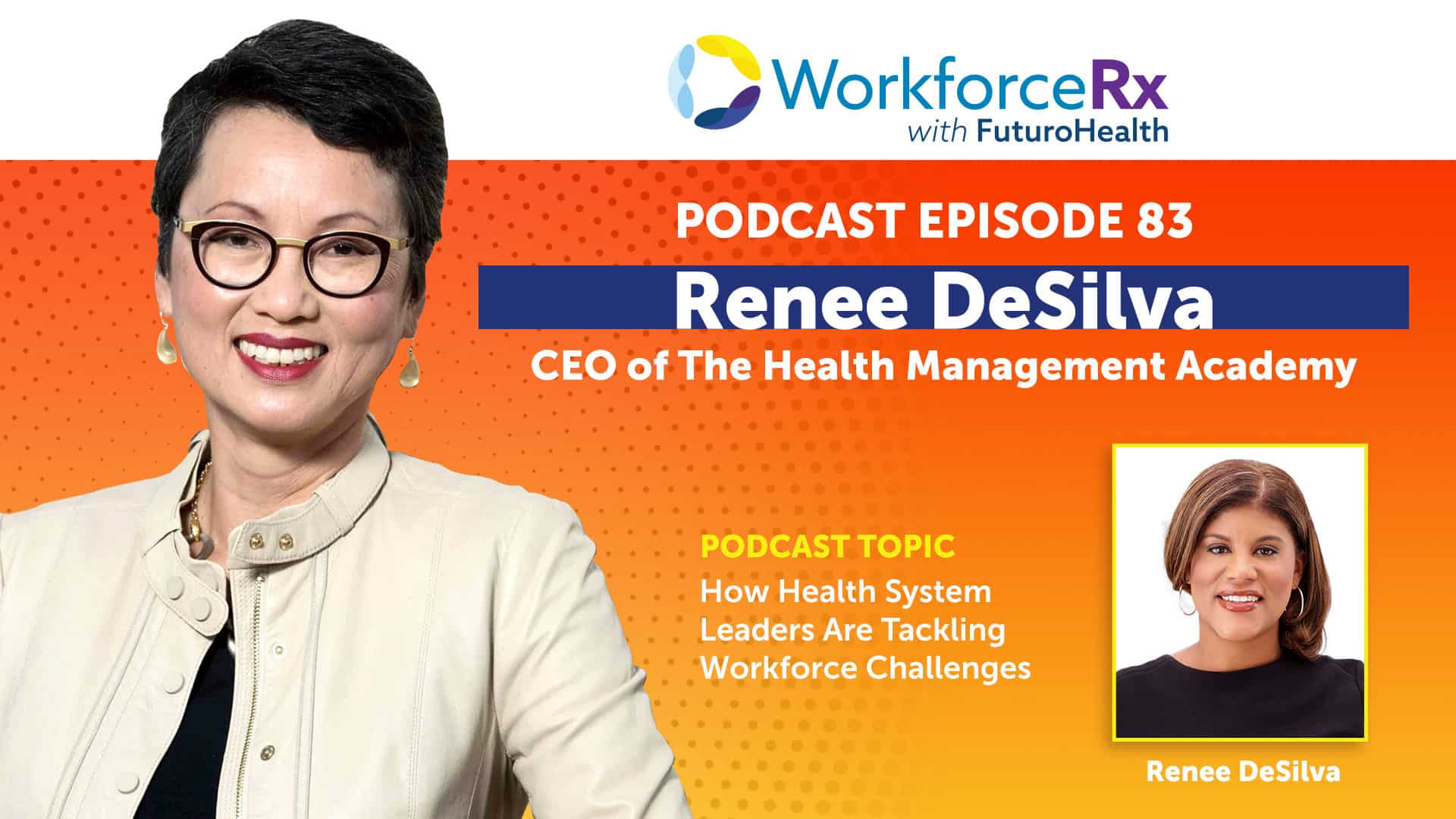“Anyone who feels like they want to go to college should be able to go, but having just one choice for every young person entering the labor market seems like a mistake,” says John Colborn, executive director of Apprenticeships for America. Opening a second pathway of apprenticeship would not only serve those for whom college is not a viable option, Colborn argues, but it would also help employers who need workers with hard skills that are often not acquired through degree programs. Colborn is particularly excited about an emerging third path that blends apprenticeships and degree programs that’s being used to grow the ranks of nurses, engineers and teachers. “What schools are doing is putting paraprofessionals already working in the school into a teaching role and at the same time enabling them to get the four-year credential that’s necessary to become a full -fledged teacher.” While Colborn hopes this “flex” of the apprenticeship model will boost the country’s low utilization of apprenticeships compared to other industrialized nations, significant growth won’t occur until there is much more federal funding, and different models of funding, than currently exist. Join Futuro Health CEO Van Ton-Quinlivan on this episode of WorkforceRx for an exploration of what those models can be, and the role that states and other actors can play to boost the visibility of a proven option for supplying the workforce the US economy needs.
Continue readingStephen Handel, ECMC Foundation: Redesigning Higher Ed for A Changing Student Body
Boosting completion rates at higher education institutions in the US has been a hot topic for years, with particular concern given to the relatively low 43% rate for community colleges. We’re going to take a look at solutions to that problem today with Dr. Steve Handel, director of strategy for Post -Secondary Education Transformation at ECMC Foundation. “Part of the work we would like to do is figure out ways to improve that completion rate, particularly for students who we might not predict initially would have the wherewithal to complete a degree. How do we change the structures that were built for a different set of constituencies in a different age,” Handel tells Futuro Health CEO Van Ton-Quinlivan. Key steps include addressing obstacles for working adults and adult students with children and improving the transfer process between community colleges and a four-year institutions. A bigger lift might be changing financial incentives so that colleges focus more on completion than the number of students admitted. “Colleges and universities, like all organizations, are going to pivot to the ways that sustain their institutions,” he says. Tune in for an informative scan of other ideas including expanded use of online education, integrating work experiences into degree programs, addressing the high cost of education, and doing a better job of communicating just how essential post-secondary learning is to social and economic mobility.
Continue readingJennifer Lundblad, President and CEO of Stratis Health: Co-Designing Healthcare Quality Improvement
Because Medicare is the largest payer for healthcare services in the U.S., there are continuous efforts throughout the country to control costs and improve quality in the program. We’re going to focus on one of those efforts today, and take a look at what’s involved in improving healthcare quality in general, with Jennifer Lundblad, president and CEO of Stratis Health, a Minnesota nonprofit that works with clinicians, organizations, and communities towards that end. “We, and our peers who do this work across the country, are sort of the boots on the ground quality improvers. We’re trusted because we’re local, we’ve had long -standing relationships, and we’re really valued for the change agent expertise we bring.” Creating peer-to-peer learning and action networks and offering various forms of technical assistance serve the goal of building the capacity of organizations to do ongoing quality improvement work on their own. In terms of what would strengthen the field, Lundblad believes greater use of implementation science could help spread best practices, and co-design could make quality programs more relevant and effective. “Co-design brings to the fore the voices and experiences of those who are traditionally not part of a quality improvement process. It’s an emerging approach that will allow us to design things in the right way from the start.” Join Futuro Health CEO Van Ton-Quinlivan for an encouraging exploration of the often invisible but critically important work of quality improvement in healthcare.
Continue readingVinz Koller, Senior Strategist for Capacity Building at Social Policy Research Associates: The Future of Learning is Work
One of the oldest forms of training, apprenticeship, has new relevance in the age of AI according to today’s WorkforceRx guest Vinz Koller, a nationally influential voice on the subject and self-described apprenticeship evangelist. Why? Because the pace of change brought about by AI and other technologies has accelerated to a point where predictions about what specific skills workers in most fields will need even a year from now have questionable value. “The model of apprenticeship is particularly appropriate because in my view, apprenticeship is a look into the future. You are actually in the workplace. You don’t have to predict what things will be like in ten years. The workplace will evolve and you will evolve with it,” Koller tells Futuro Health CEO Van Ton-Quinlivan. In his role as senior strategist for Capacity Building at Social Policy Research Associates, Koller works with local communities, states, and the US government to determine how to make work-based learning more accessible to more people. On the learner/worker side, a welcome step would be enabling apprentices to earn an associate-level degree upon completion of their training. For employers, key needs include regulatory changes to make hosting apprentices easier and help with setting-up and tracking programs. The aim, he says, is to turn more employers into “co-producers of talent” instead of just consumers of it. This expansive conversation also covers the multi-faceted return on investment for employers, the need for high school recruitment programs, and the role apprenticeships could play in reducing student debt.
Continue readingAquilina Versoza, Pilipino Workers Center of Southern California: Could Worker Co-ops Transform the In-Home Care Workforce?
Our exploration of solutions for growing and strengthening the direct care workforce continues on this episode of WorkforceRx with a close look at a potentially transformative employee-owned cooperative model that’s gaining traction in California. In the eyes of our guest, Aquilina Soriano Versoza, the higher pay and better working conditions that co-ops can provide will help grow an urgently needed workforce and address current injustices that prevail in the “wild west” of private home care. “Very typically, Filipino immigrant caregivers are receiving $5 or less per hour with no overtime, no job security, and no benefits. Some are earning just above $2 an hour,” she explains to Futuro Health CEO Van Ton-Quinlivan. As executive director of the Pilipino Workers Center of Southern California, Versoza has helped pioneer a co-op model that, in addition to higher wages, offers on-the-job skills training, education in operating a co-op business, and the opportunity to work in teams. There are several co-ops up and running now, and a franchise approach is being put in place to increase scale. “In five years, we have the vision that every metropolis in California will have a cooperative option, both for workers as well as individuals who want to access long term care through a cooperative.” Spend some time with this thoughtful national leader who sees the crisis in home care as an opportunity to improve the quality of life for both the seniors receiving care and the workers providing it.
Continue readingAnson Green, Senior Manager of Digital and Automation Upskilling at Tyson Foods: AI-Powered Tools Are Transforming Worker Training
“I think training is gonna be so different looking in the next few years than what we’re used to,” says Anson Green who brings a very seasoned eye to the workforce training landscape. After decades working in adult education, Green is now helping Tyson Foods train an incredibly diverse global workforce and, in the U.S. 60% are immigrants with very limited digital and language skills. As he explains to Futuro Health CEO Van Ton-Quinlivan, succeeding at this challenge starts with a belief in their ability to learn. “They’re very, very mobile in terms of their models of how to get things done, and they figure things out.” The big change he sees coming is due to AI-powered training programs that allow him to customize content by reading level, language and other factors with a few clicks instead of many hours of effort. Another key factor is that technology is getting easier to use. “We’ve got this really sweet spot where robots that five years ago would have taken an associate’s degree to be able to run, I could teach you how to run in an afternoon.” This is a great chance to learn about leading edge training programs at one of the world’s largest food companies and to find out about a hidden workforce training jewel in nearly every US community.
Continue readingRachel Wick, Blue Shield of California Foundation: Respecting the Work That Makes All Other Work Possible
“I’m able to be here with you today because my son is at a wonderful childcare provider home,” says WorkforceRx guest, Rachel Wick, to illustrate how critical direct care workers are to our lives and economy. Wick, the senior program officer for Blue Shield of California Foundation, describes childcare and direct care provided in the home for the elderly and disabled as ‘the work that makes all other work possible.’ As she tells Futuro Health CEO Van Ton-Quinlivan, it’s time our society valued it as such and invested in the sector the way we invest in public schools and healthcare. Wick is hoping the foundation’s new report, Forging a Sustainable Future for California’s Direct Care Workforce, will help provide a shared understanding of these workers and their challenges among all relevant stakeholders to help advance needed policy changes. Raising up this worker population and increasing economic security for other low-income communities is part of the foundation’s overall mission to remove barriers to health and wellbeing, especially among people of color, in order to build lasting and equitable solutions that will make California the healthiest state. “As we listen to families across California, what they tell us is that health and wellbeing and stability is just not possible when you are caught in a relentless daily struggle for survival.” Tune in to learn more about the role economic security plays in health, and how unionization and cooperative business models may be part of the answer to elevating a critically important workforce.
Continue readingRenee DeSilva, CEO of The Health Management Academy: How Health System Leaders Are Tackling Workforce Challenges
If you would love to know what’s on the minds of the leaders of the nation’s largest health systems as they tackle workforce challenges and a host of other issues, but don’t happen to have the time to talk to all 150 of them, then this episode of WorkforceRx is for you. The well-placed source supplying this intelligence is Renee DeSilva, CEO of The Health Management Academy which provides advice, research, knowledge sharing, and leadership development for hospitals and other healthcare companies. Although labor costs and labor shortages continue to vex healthcare leaders, DeSilva is encouraged by the energy and innovation she’s seeing around solutions such as upskilling current employees, leaning into skills-based hiring, and creating talent pipelines with local educators. “I’m seeing a lot of creativity and partnership energy around solving the workforce challenge structurally, and then also just making the folks that we do have more productive and creating more of a thriving environment around them,” she tells Futuro Health CEO Van Ton-Quinlivan. Leaders are also taking a fresh look at leveraging the knowledge and talents of nurse managers and giving them greater agency to implement solutions. As a student of leadership and a leader herself, DeSilva appreciates the front row seat she has watching members of the C-suite navigate a dizzying array problems. “It’s really interesting to see how each of them leans into their unique gifts. I think that’s where everyone has their power alley.” You’ll leave this conversation with a better sense of the paths being taken to the future of care and the tactics leaders are using to get there.
Continue reading
